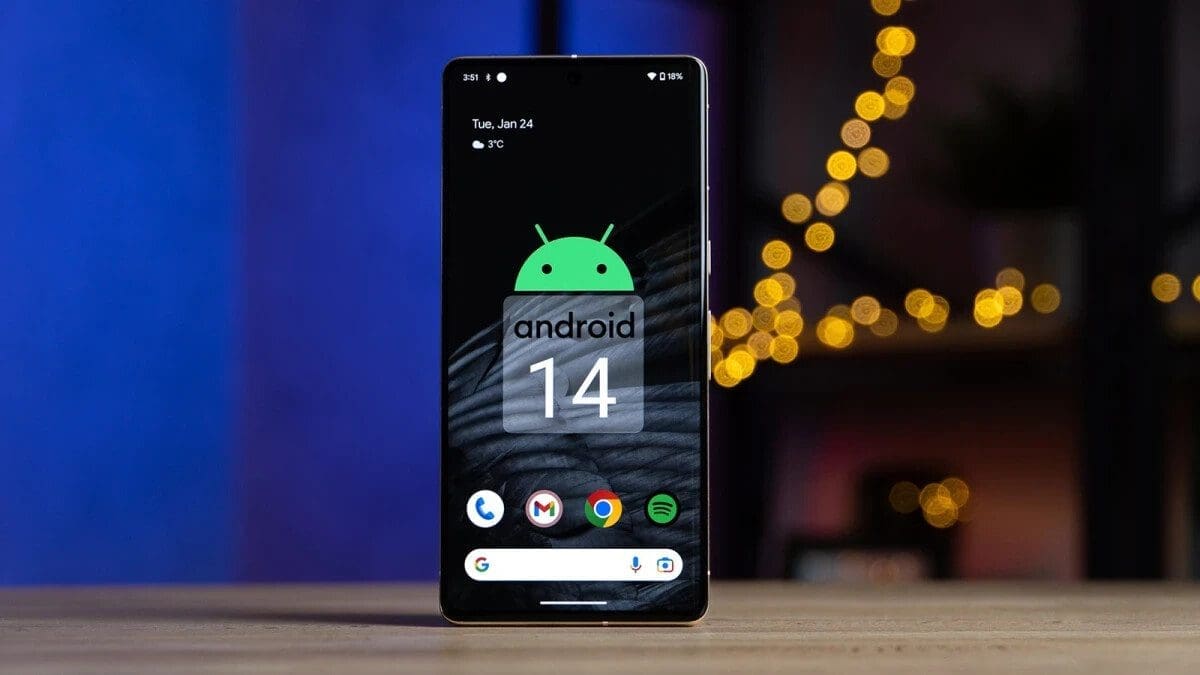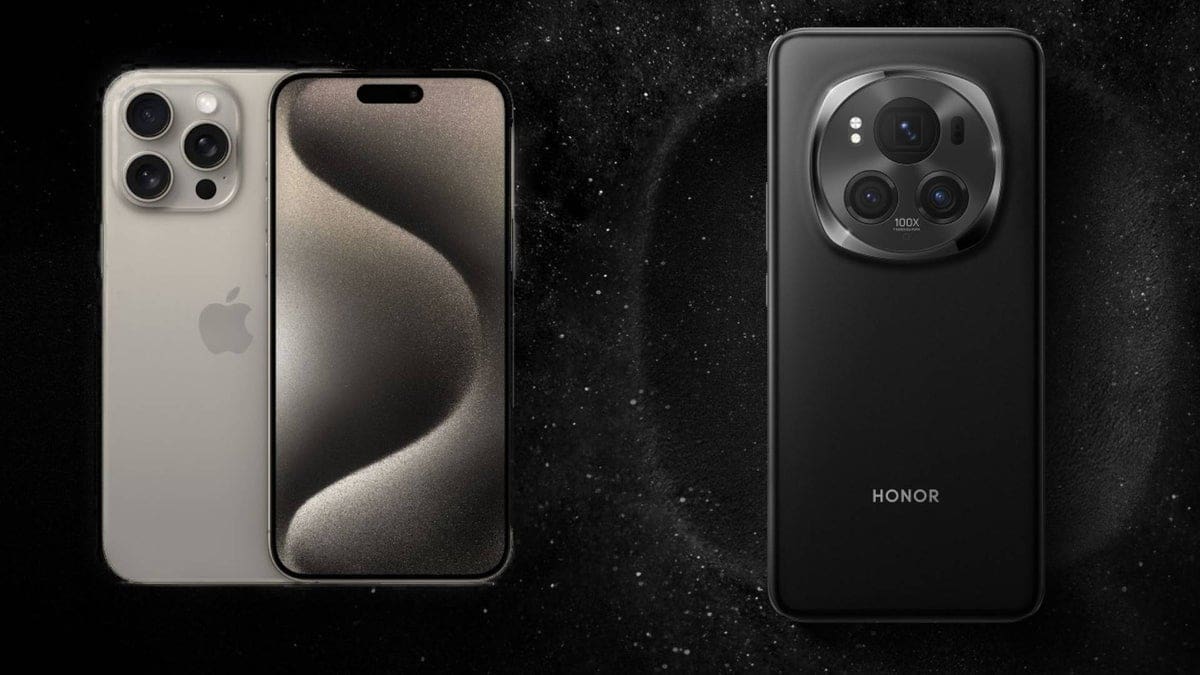The Android back gesture can sometimes be unpredictable and lead users to accidentally exit an app. To address this issue, Google has developed the predictive back gesture feature, which shows users where they will be taken when performing a quick swipe to the right. When slowly swiping to the right without letting go of the screen, the current page shrinks to reveal the page to which the user will be taken “back” to.
Although this feature is expected to be enabled with the stable version of Android 14, it is currently disabled in the Beta builds. However, we can show you how to enable it now before the stable version is released. It’s worth noting that not all apps support this feature yet, but it’s still worth checking out.
To enable the predictive back gesture feature, you’ll need to activate developer options on your phone. Simply go to Settings > About phone and tap on the build number several times (usually about seven) until you see that developer options are unlocked.
After activating developer options, return to the main Settings menu and use the search field at the top to find “Predictive back animations.” Once you locate it, toggle it on. A prompt will appear, informing you that this feature only works when a developer activates a specific setting in the manifest file. Tap “OK” to proceed.
Congratulations! You have now enabled the predictive back gesture on your Android phone running an Android 14 Beta version. To try it out, open the Clock app and slowly swipe to the right without lifting your finger. You’ll notice the Clock app shrinking, revealing your home screen underneath. Release your finger, and you’ll be taken back to your home screen.
While this feature may not seem like a big deal at the moment, as more apps start to support it, many Android users will find the predictive back gesture to be a valuable addition to their user experience.









